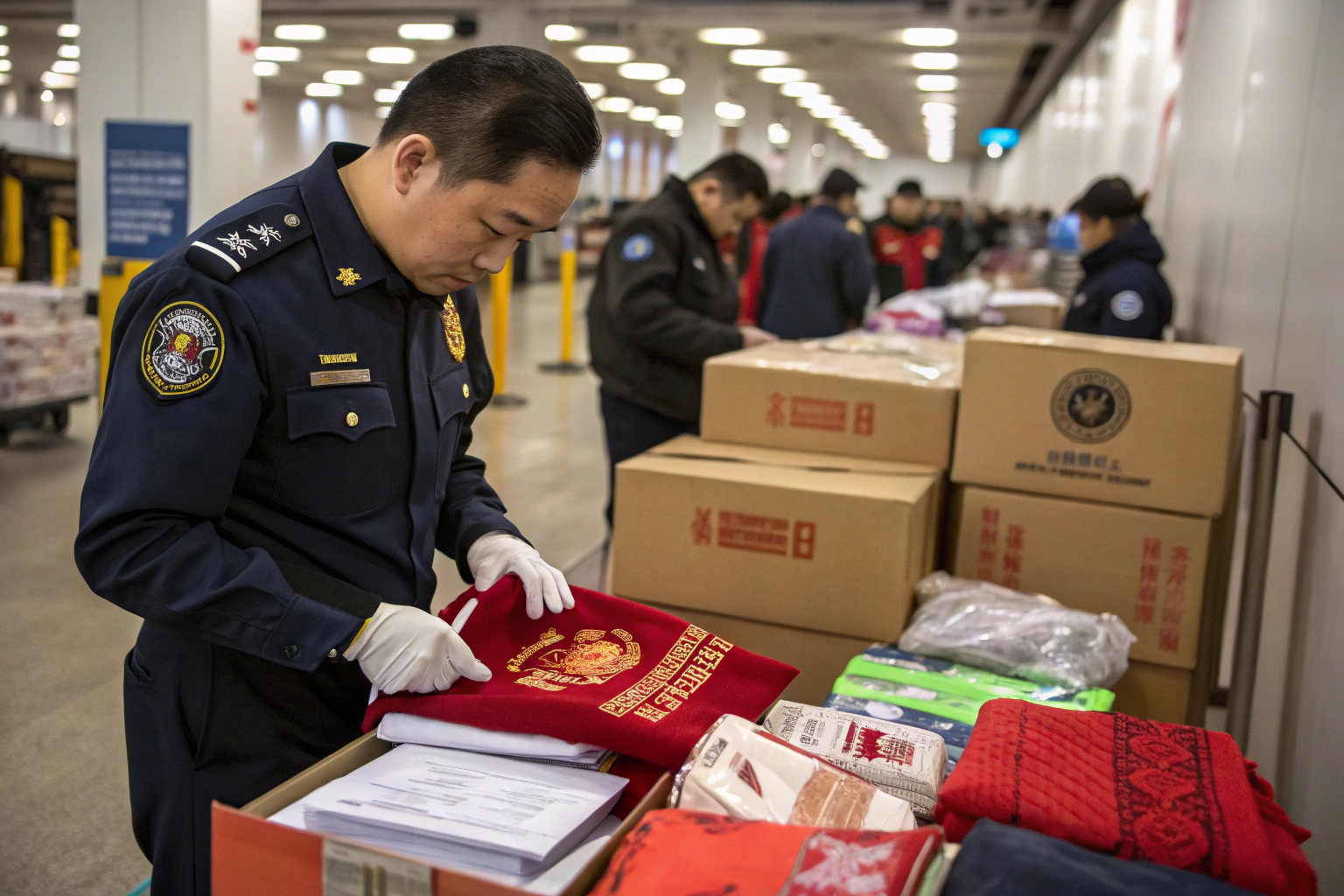In the apparel and gift export world, getting goods across U.S. borders isn't just paperwork—it's strategy.
Every delay means lost sales, unhappy buyers, and disrupted inventory planning. When shipping from China, brands and factories must be ready for the ever-evolving expectations of U.S. Customs. The stakes are high—and so are the risks.
A smooth customs clearance isn't luck—it's the result of smart preparation, compliance, and logistics partnerships.
From precise documentation to understanding HS codes, every small detail matters. Whether you're shipping T-shirts or silk scarves, promotional mugs or LED gadgets, knowing how U.S. Customs works is the key to avoiding penalties, detentions, and surprise costs.
In this guide, I’ll walk you through the most critical customs factors that affect our clients’ apparel and gift shipments.
These insights come from years of navigating U.S. ports, collaborating with customs brokers, and solving real-world shipping challenges from China to the United States.
What Are the Most Common Causes of U.S. Customs Delays?
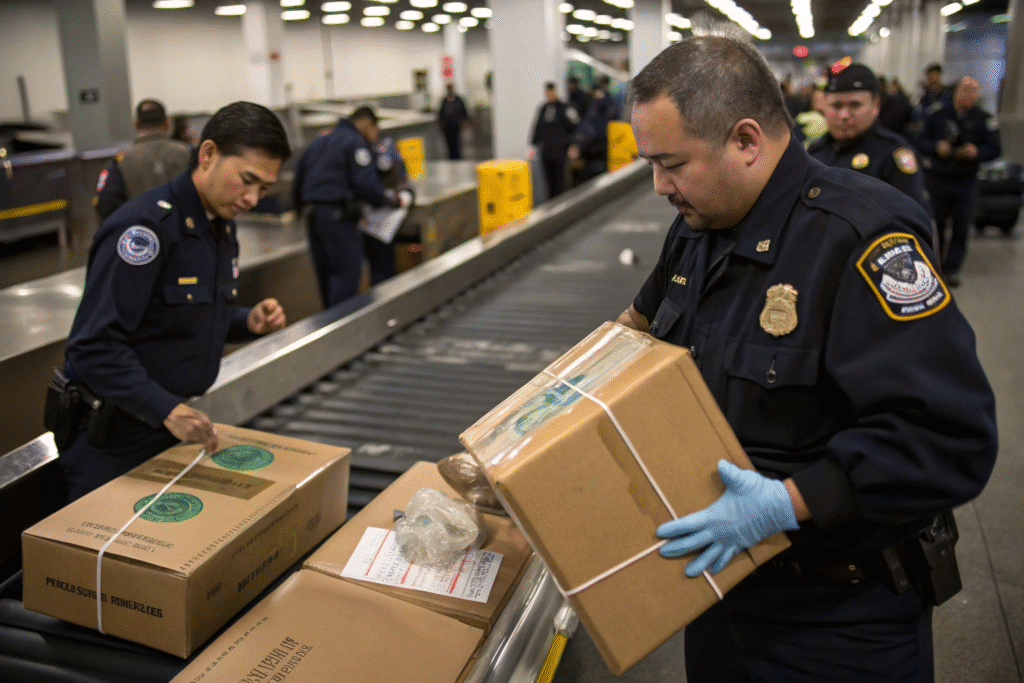
Why Do Customs Hold My Shipments Without Warning?
Customs delays often feel like a mystery. But behind most holds are very avoidable reasons. Shipments from China are flagged for issues like incomplete documentation, inaccurate product classification, or random enforcement audits. If you’re shipping mixed product categories—like a combination of cotton T-shirts and ceramic mugs—the complexity increases.
A frequent culprit is the wrong Harmonized System (HS) code. If a code doesn’t match the product's real material or function, the system halts it. U.S. Customs and Border Protection (CBP) also monitors for intellectual property (IP) violations, especially for gifts and fashion items resembling branded goods.
Check out this CBP guide to classification and the Importing into the United States manual for deeper insights.
Can Labeling Issues Really Cause a Shipment Hold?
Yes—and they often do. Apparel imported into the U.S. must comply with Federal Trade Commission (FTC) labeling laws. That includes clear country-of-origin markings, fiber content, care instructions, and manufacturer or RN number. Gifts such as toys or electronics may require additional regulatory markings.
If a clothing shipment is missing a permanent label or it doesn’t match the invoice description, customs may assume you're misdeclaring goods. This results in automatic detention or re-labeling orders, which delay delivery by weeks.
You can learn more at the FTC's labeling page and review the CBP’s marking regulations.
Which Documents Are Required for Hassle-Free Clearance?
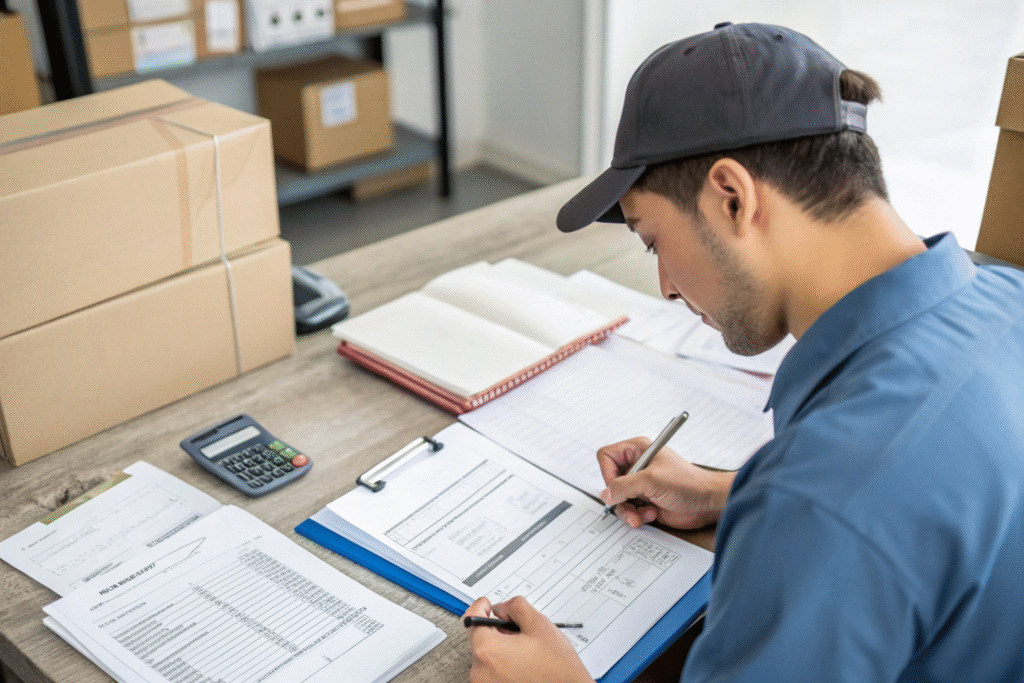
What Should Be on the Commercial Invoice?
The commercial invoice is the first thing customs officers check. It must be clear, detailed, and consistent with other paperwork. For apparel and gifts from China, include:
- Full item descriptions
- HS codes
- Country of origin
- Incoterms (e.g., FOB or DDP)
- Quantity and unit price
- Total value
- Seller and buyer information
Errors in any of these—especially vague descriptions like "shirt" or “gift”—can invite scrutiny. We recommend matching item names with your product catalog and ensuring translation consistency.
Review the official U.S. Customs invoice guidance and incoterms rules from ICC for accuracy.
Are Packing Lists and COO Certificates Mandatory?
While not always legally required, a packing list helps customs confirm the contents without opening every box. It should align with the invoice and describe inner cartons, net/gross weight, and dimensions. For larger shipments or DDP deliveries, Certificates of Origin (COO) may be required—especially when claiming trade agreement benefits or avoiding Section 301 tariffs.
Here’s a helpful sample packing list and an overview of COO best practices.
How Can I Classify Apparel and Gift Items Correctly?
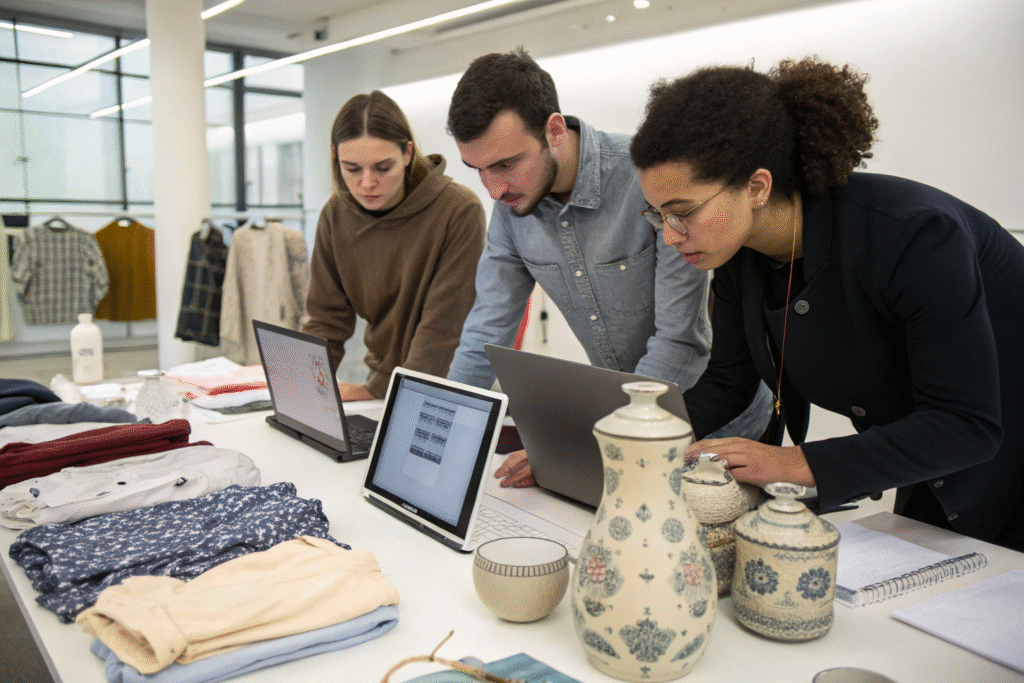
What Is the Right HS Code for My Products?
Assigning the right Harmonized Tariff Schedule (HTS) code isn’t just bureaucratic—it directly affects duty rates and clearance speed. For example:
| Product | Suggested HS Code | Duty Rate |
|---|---|---|
| Cotton T-shirt | 6109.10.0012 | 16.5% |
| Polyester scarf | 6214.30.0010 | 11.3% |
| Ceramic mug | 6912.00.4810 | 9.8% |
Getting it wrong may result in overpaying tariffs or triggering inspections. Tools like the HTS Search Tool or the CROSS Customs Rulings Database help avoid these pitfalls.
Can I Rely on Chinese Supplier Descriptions?
Not always. Factories often provide vague or generic product names. Don’t blindly copy these into your invoice. For example, "gift item" is not sufficient. You need to state “100% ceramic promotional mug” or “polyester decorative pillow.” If unsure, ask a licensed customs broker for a pre-entry consultation or classification ruling.
Also refer to CBP’s guidance on description requirements to ensure compliance.
What Role Does a Freight Forwarder Play in Customs Success?
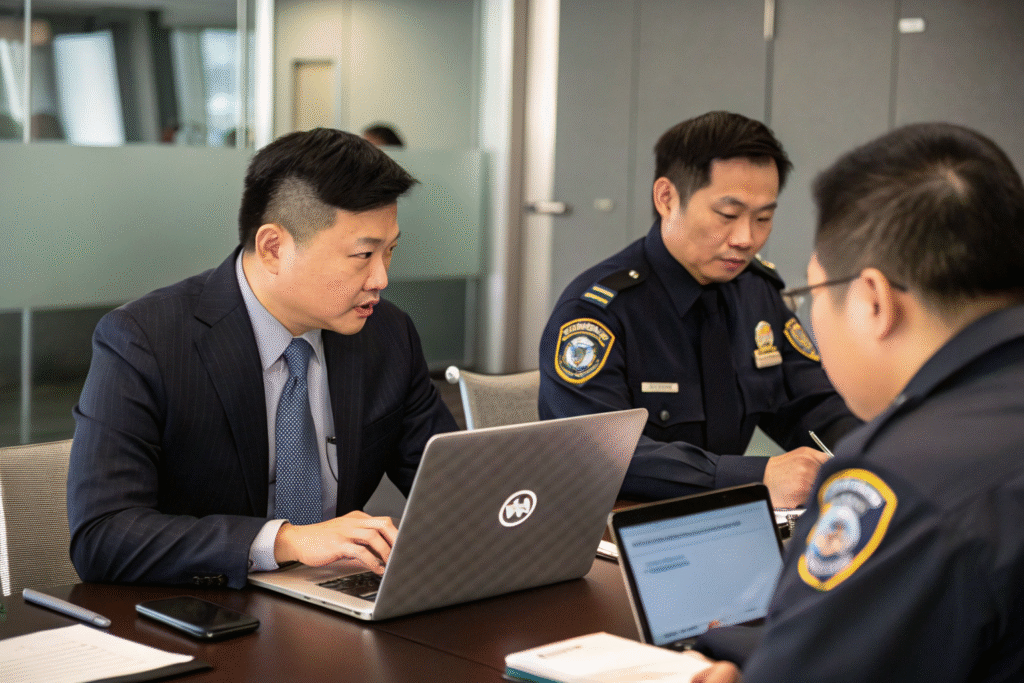
Can a Freight Forwarder Prevent Delays?
Absolutely. An experienced forwarder—like us at GeeseCargo—knows the ins and outs of U.S. customs procedures. We pre-check documents, coordinate with licensed customs brokers, and alert you to potential red flags before the shipment even departs China.
We’ve helped clients avoid major setbacks by correcting HS codes and labeling issues before the goods hit the port. Many companies use our DDP (Delivered Duty Paid) service for end-to-end compliance coverage.
Do Forwarders Handle Tariff and Compliance Updates?
Yes. U.S. tariff regulations change frequently, especially under trade actions like Section 301. We keep our clients informed and adjust shipping plans accordingly—such as rerouting via alternate ports or timing shipments to avoid peak inspection periods. We also help manage tariff exclusion requests and refund claims.
Stay updated via USTR’s tariff page and CSMS cargo messages.
Conclusion
U.S. customs clearance for Chinese apparel and gifts isn’t just about paperwork—it’s a core part of supply chain efficiency. Whether you’re a brand buyer or distributor, the key lies in proper classification, labeling, documentation, and logistics strategy. By working with experienced partners like GeeseCargo, you not only avoid costly delays but also gain peace of mind. We help you ship smarter, safer, and faster—every time.
